OVERVIEW
 |
| Infantries fighting close-quarter combat is one of the necessities in Urban Warfare. Source |
It was well known that the Philippine Armed Forces already encounter such dimension of warfare in the form of the 2013 Zamboanga Siege which took place on the 9th of September, that have put the whole city at the standstill for three weeks due to the ambitious plan made by Misuari-led Moro National Liberation Front of raising their flag on the City Hall in which that causes the conflict to the fact that the City will not let such a thing happen. Considering that, Zamboanguenos are now giving significance since then that there will only be one flag that will fly in the city and that is the Philippine flag.
Speaking on the nature of warfare, the Marawi Crisis and the Zamboanga Siege do have a fair share of Urban Warfare where soldiers and opposition forces (OPFOR) alike are seeking shelter across blocks of infrastructure where vantage points for snipers are taken and engaging one and another carefully where steps and strategies are carefully calculated. The only contrast there is that the Marawi Crisis and the intensity of combat thrown by the OPFOR make it much difficult for the AFP to engage. Not to mention various factors that will be discussed later in this article.
It was then proved in the past that such battle determines the outcome of the whole war where tactics and strategies executed dictate the results of the overall combat taken especially in the case of urban warfare. Also with that, a different approach on the offense and defense are devised by both forces where gains and losses in that sense are somewhat attainable where ground troops stay safe, key positions obtained, and the outcome of the battle is in their favor varying mission details.
On this topic, it is at best to know a thing about Urban Warfare itself, the tactics and strategies it incorporates in combat, notable examples in history, and the situations comparable between Zamboanga Siege and Marawi Crisis where factors are to be measured based on existing data as well as the ingenuity and engagements of the armed forces on eliminating OPFOR.
DEFINITION
 |
| United States Military's Stryker Brigade searching for insurgents in Mosul, Iraq. Obtained from U.S. Air Force Website |
Rand Corporation's interpretation of Urban Warfare ranges from guerilla attacks to gang violence. To take note, others not being mentioned there include terrorist attacks, standoffs, bombings, and some other form of combat in cities wherein for sure, there will be civilians trapped between gunfire as well as the complex dimension of the environment in which that makes the whole operations much complicated.
In other words, due to the nature of urban warfare, many factors must be considered, including civilian safety, the execution of plans to defend or occupy key positions, precision strikes as requested by ground troops, aerial surveillance, and others such as improvised explosive devices (IEDs) and sentry positions such as sniper vantage points that may kill ground troops or civilians.
Given the circumstances, it would be risky for ground troops to simply stroll around in a war-torn metropolis teeming with hostile forces pursuing them. As a result, strategic maneuvers are required, such as fighting the enemy in such a way that lives are preserved to achieve the fundamental objectives that the military sought to achieve. Not to mention the fact that conquering the city necessitates the preservation of critical infrastructure and civilian life.
Regarding the definition of urban warfare, it is recommended that one review the history of known battles given the urban battle and the tenacity of both sides in achieving their respective missions, in the sense that any executions given may mean victory or loss, as well as life or death, for the city's existence and survival, as well as the ground forces within it.
NOTABLE EXAMPLES
 |
| The Soviet troops on the battle of Stalingrad. Source |
One notable example of urban warfare widely raged in history is the Battle of Stalingrad in the Eastern Front that has taken place in the Second World War. Apparently, the fierce urban street battle mixed with the harsh Russian Winter made it the notable turning point of the war with the battle favoring the Soviet side. Throughout the urban combat, the Soviets hold on by converting key buildings in the area to notable defense strong points for sentries to get deployed so as in the effort to stall the Germans in the attempt to occupy the whole City. It was then until a counterattack was devised which put the Nazis into submission.
Another notable example is the Battle of Berlin at the ending months of the Second World War. The Soviets are on the offensive and have the German Capital City on sight. In that case, the attackers encircle the whole city and envelop the defenders of the City where it held out until the European theater of war ended in May 1945. This is a bit different than those of Stalingrad where the Soviets defended it fully while the Hitler Youth and several old citizens defending Berlin don't stand a chance against a million Soviet Conscript Forces attacking the City.
In both of these aforementioned conflicts, the inhabitants of these cities always facing the brunt where these civilians are at the risk of being shot upon or hit by a bomb which is a usual thing in battle. To further know the extent of such casualties that have taken place in urban warfare, let us take note that the Battle of Manila in 1945 have caused 100,000 Filipino dead with attributions pointed out to continuous bombardment of the U.S. Armed Forces in which it is worth pondering for the planners of the present times to calculate the number of surgical strikes in key enemy positions with the help of ground troops and aerial surveillance.
In these cases, it is known about the factors in determining the tactics used in urban warfare wherein it dictates the outcome as well as the consequences it coincides. And with that also means the fate of those operating on the ground as well as the civilians involved lies in the proper planning, execution, and all of those other factors mixed upon where it favors one or another.
IN THE CASE OF THE ZAMBOANGA SIEGE AND THE MARAWI CRISIS
 |
| Ground Troops on the offensive. Photo from ABS-CBN News |
2013 Zamboanga Siege AN URBAN BATTLE THAT LASTED 20 DAYS; SEPTEMBER 9-28, 2013
 |
| Simba Armored Personnel Carriers lining along Veterans Avenue, Zamboanga City. From the Philippine Center for Investigative Journalism |
This was purported by the separatist Moro National Liberation Front (MNLF) of Nur Misuari which was spearheaded by a man called "Habier Malik". They aim to raise the MNLF/Bangsamoro Republic flag in the Zamboanga City Hall in which no other hard patriots will let happen. Hence, the heat of the fight intensifies on the parts of the City especially in the villages (barangays or districts) of Sta. Barbara, Rio Hondo, Mariki and Sta. Catalina. From there on, it gives the Armed Forces the first taste of urban combat which was different from the usual Jungle Warfare that was waged across the country whether it may be between the Government and the Communists or the Moro Separatists.
This urban combat also includes human shields that make military operations much difficult to attempt not to kill innocent lives throughout the exchange of gunfire. Also in this battle, just like in any kind of urban warfare, there are key sentry positions where both sides fire sniper rounds, mortars, and rocket-propelled grenades at one over the other. Also into consideration is the intensity of the combat given. According to our personal experience, what is currently happening in Marawi is far worse than what occurred during the Zamboanga Siege, because only four barangays or districts in the city are involved, and only a portion of the city's population is displaced, particularly in the four districts where combat is raging.
Concerning the situation in the City, The United Nations declared that the urban conflict in Zamboanga has become a form of a humanitarian crisis wherein with regards to the displaced persons from affected villages, it took a bit of time until these affected persons are relocated to a better site with newer opportunities. This in which, puts a toll on the urban warfare's effects that the lives of the affected civilians will be changed forever. The humanitarian situation for that fact is worth pondering in conflicts such as these that the military's HADR or Humanitarian Assistance/Disaster Response Capabilities comes at play alongside those of the local government, various national agencies, and non-government organizations.
The Armed Forces, with the situation on urban warfare, may be somewhat a good thing to ponder upon where tactics between jungle warfare and its urban equivalent are different in nature, approach, and tactics. Hence, it may be a good thing for the military to enhance its skills and capabilities as well as the equipment necessary for such combat. And with that, another case of urban warfare arise recently in Marawi City where the combat capabilities of the AFP are once again put to the test.
Marawi Crisis THE BATTLE THAT STILL ON-GOING UNTIL AT PRESENT (UPDATE: IT ENDED ON OCTOBER OF 2017).
This crisis is an urban operation much intensified than what the Zamboanga Siege offers where it goes on beyond the period of the previous conflict of 20 days. The Armed Forces in this matter are a bit improved from last time as the fruits of the AFP Modernization Program are materialized such as the Philippine Air Force's FA-50 LIFT jets and AW-109 helicopters that have seen combat, RCWS-armed M-113 APCs made from Israel, support and logistics with the help of Landing Platform Docks like the BRP Tarlac and BRP Davao del Sur, among others.
On an honest note, it seems that the military's overall readiness over the matter still needs to be addressed where skills and capabilities, in that sense, aren't that fully enhanced since Zamboanga Siege. Not also to mention that aside from the lack of skills enhanced in combat, the equipment for such kind of combat is also lacking where the procurement of it is somewhat moving at a slow pace. Military equipment that is needed here are gas masks, tear gas, night-vision goggles, body armor, and smoke grenades where several of them are being materialized therein.
The good thing here is that both the United States and eventually, Australia expresses support by providing surveillance in the area with the use of P-3 Orions to give intelligence as for the whereabouts of the bandits across the city. This is an improvement where drones and these planes go hand in hand to provide precise targets for both ground and air units to fire upon. This is aside from the weapons aforementioned that pertains to its materialization from Modernization procurement projects. And with it, there are more things needed to be done with the capabilities that need to get sufficient of especially the aforementioned military equipment that is lacking.
The "Main Battle Tank" Idea
Given the circumstances aside from the needed equipment for the urban combat, another defense outlet also gives the idea about the necessity of main battle tanks that provide better protection for the ground troops as well as spewing better firepower wherein as per Modernization Plans, the MBTs along with light tanks will be slated in Horizons 3 and 2, respectively. As per this case, it was pointed out that the tanks being opted as per the said defense outlet are either the Israeli Merkava II or Magach 7. To take note, issues like infrastructure not having enough capacity to hold these tanks are being considered with flatbed trailers, rail tracks, and pontoon bridges are an option. For more of this, we will discuss it in future articles here in Pitz Defense Analysis.
THE MAIN POINT
Warfare in its sense is fierce wherein a certain militia or an armed forces shall have an aim to accomplish its mission. And in that sense, various conflicts have their own tactics and strategies given the nature of the battlefield and the parties involved.
In the case of urban warfare, both the attacker and the defender are using any key infrastructure or rubble to hide with combat taking place on streets, blocks, and rooms.
Having a lot of places to hide makes it difficult for both sides to fare out not also to mention that traps, hostages, trapped civilians, and preserving key infrastructures need to be considered.
In these things, the point is that urban combat definitely is something that a planner may carefully execute with considerations given as well as the lives of the ground troops are in mind.








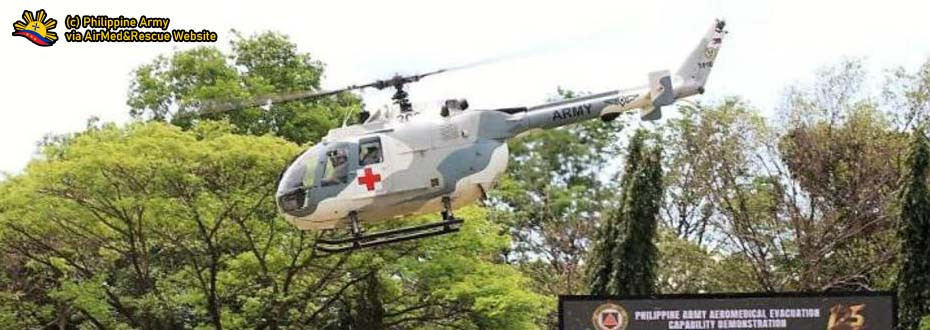
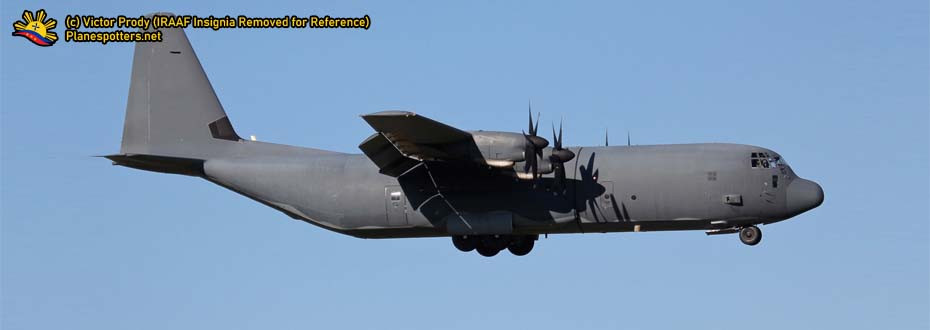
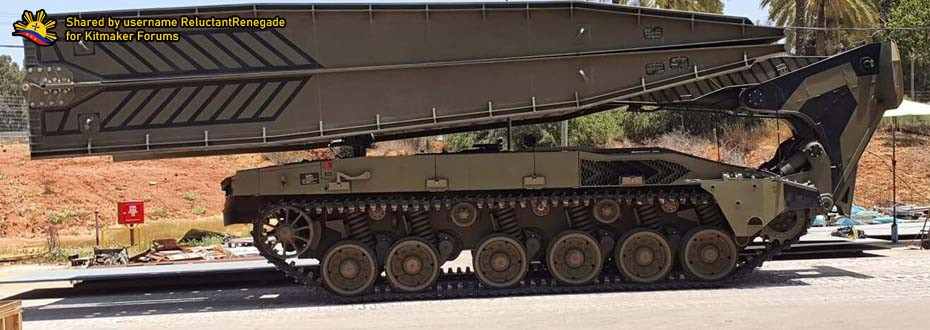
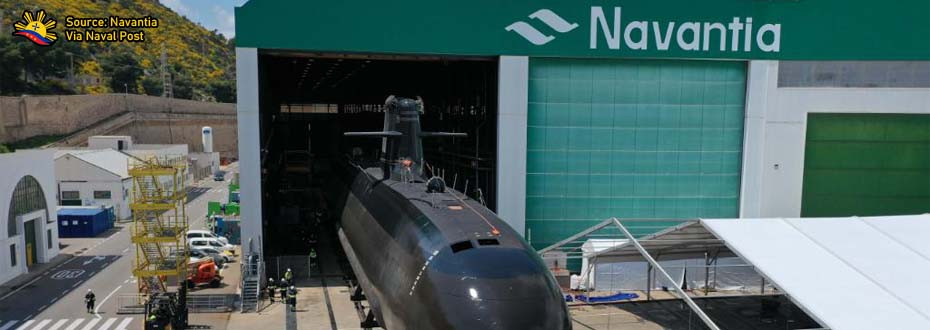
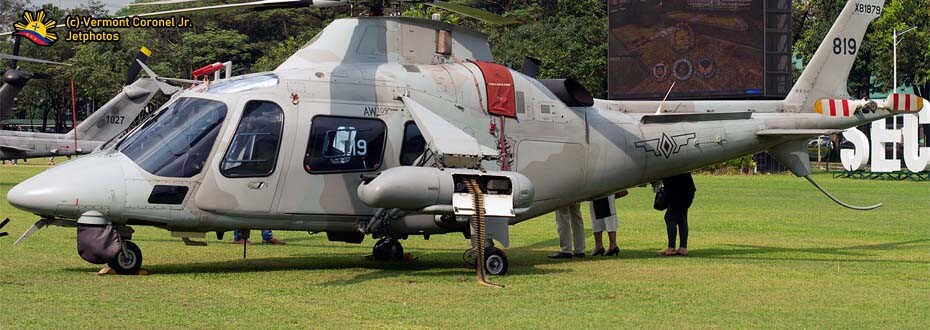
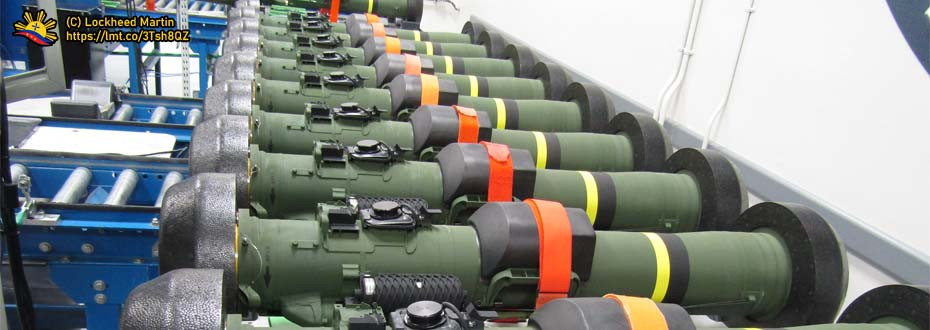




![[PHOTO] The Russian KAB Family of Precision-Guided Munitions](https://photos1.blogger.com/blogger/4162/1843/1600/img0009.1.jpg)






